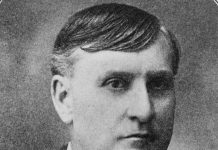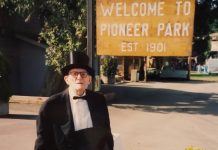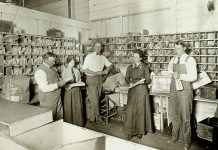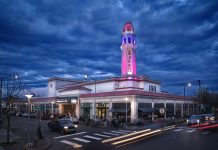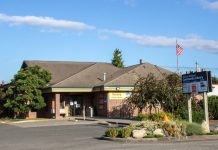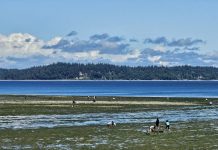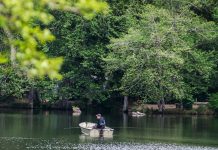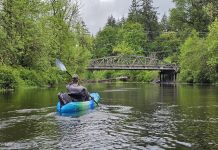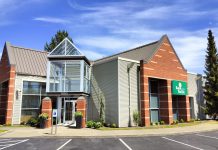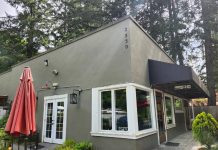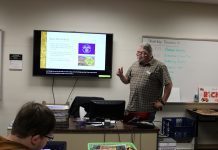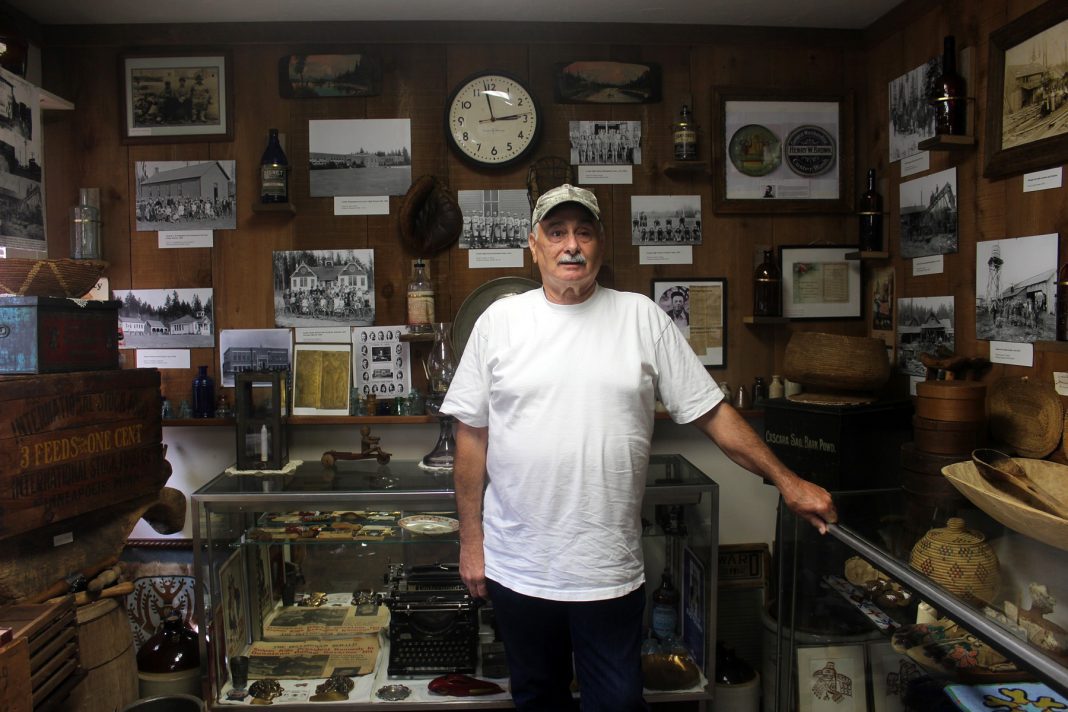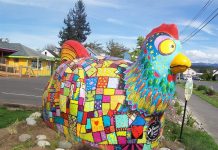A township north of Ferndale, Custer is among several Whatcom County communities that have changed little over the decades. For Steve Russell, curator of Custer Historical Museum, its history is alive and well.
“History has been a hobby of mine since I was young and my great-grandparents settled here in 1898,” says Russell. “I was just kind of trying to pick up some of the pieces of the early history and put it together for the community. If I get a lead, I’ll go out and dig it up, dig into it, and then track down some stories.”
Russell helped remodel a local building, still labeled “Hawkins Mercantile,” into a house with a dedicated one-room museum.
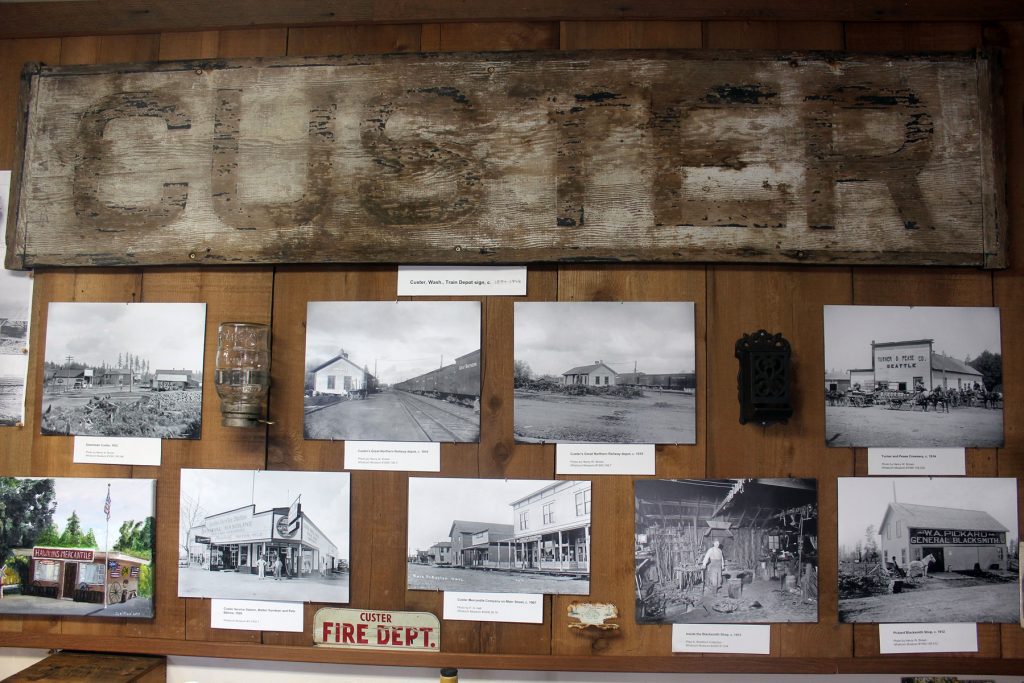
“My brother Val bought the building in 2017 and then he asked me to come in as partners with him,” Russell says. “It was built in 1960 as a post office and it lasted ’til 1985, and then they built the new one. So, this was used as a house for a couple people, and it was used as a wedding chapel for a few years.”
Custer Historical Museum displays trinkets bearing Custer’s name and historical photos from Whatcom Museum, presenting fascinating links to the present.
Early History
The Lummi tribe have inhabited the region surrounding Custer and Ferndale for nearly 10,000 years. The tribe traditionally spoke the Salishan language and built totem poles. Custer Historical Museum has two glass cases dedicated to Native American artifacts.
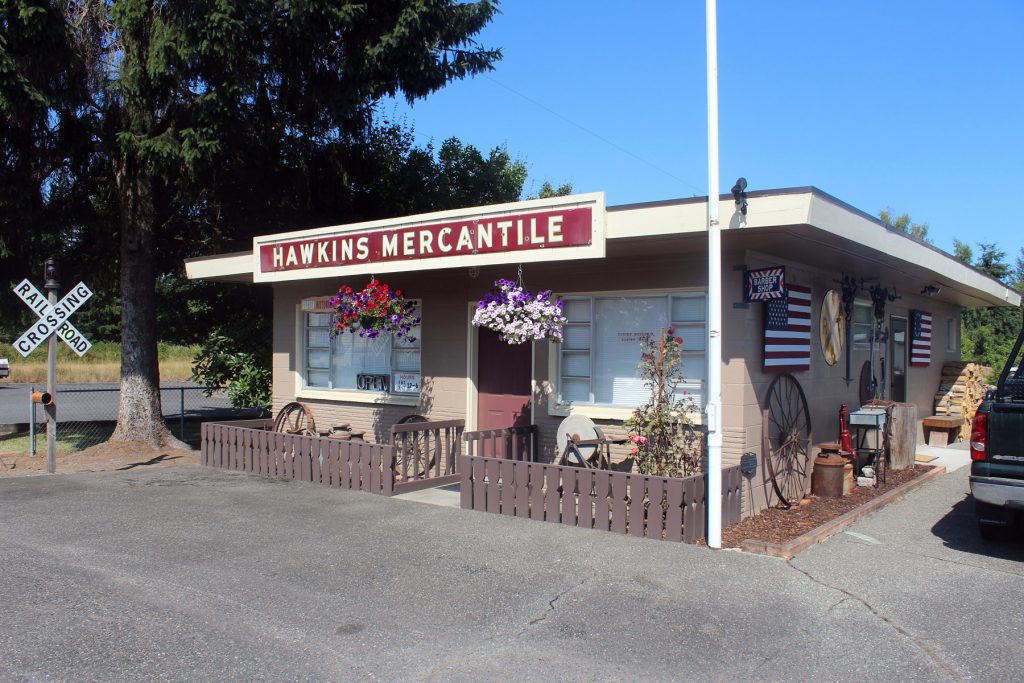
Custer’s name originated with its first postmaster, Albert W. Custer. It started as a farming and logging community in 1886.
“In the early days, there were a lot of shingle mills and lumber mills around here, and that was the main industry,” says Russell. “And there were some big fruit orchards, too, in this area, and some chicken farmers that raised eggs.”
Custer hosted Whatcom County’s first creamery in 1892. Notable pioneers include William L. Creasey, a township assessor who helped build the first schoolhouse, and the Brown family.
“Eighty percent of the photos in here were taken by Henry Brown, who was an early settler here in the 1890s,” Russell says, adding, “Edward Brown had half a dozen shingle mills and a sawmill, and he came to be Whatcom County Commissioner or something along that line, and then he became a Washington State senator from here. And he donated the land for Custer and the school. A lot of land he donated around here for school property and the townsite of Custer.”
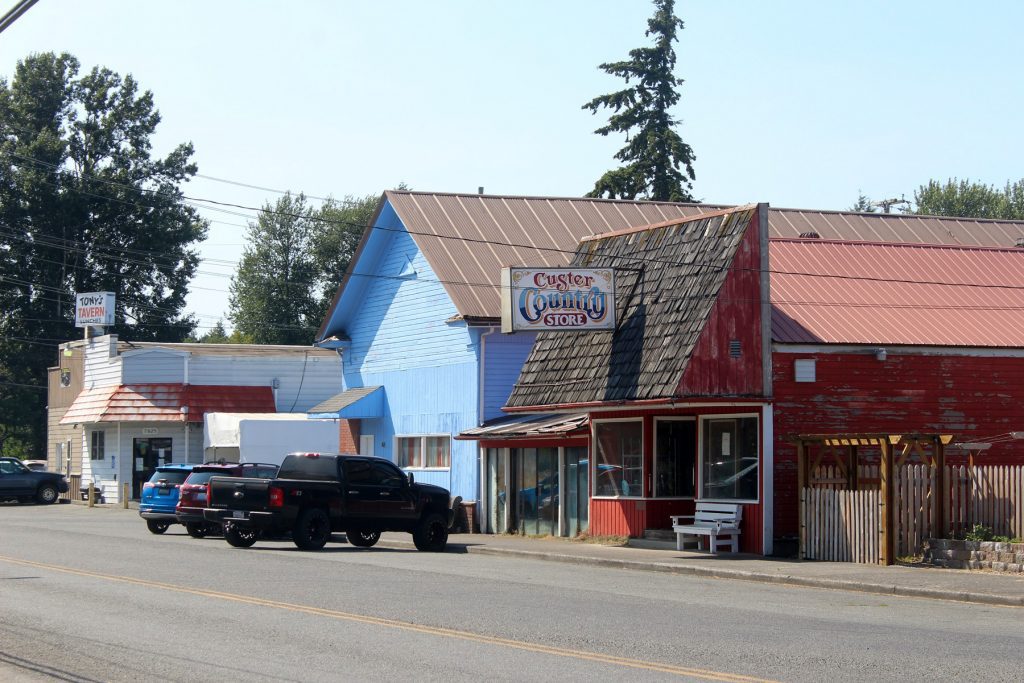
Throughout its history, Custer has had three schoolhouses. The township originally stood along present-day Valley View and Bay Roads and moved between 1890 and 1892, when the Great Northern Railroad arrived.
“It’s one of the earliest settlements out in this corner of Whatcom County,” says Russell. “And it kind of swallowed up some other, littler communities like Pleasant Valley.”
20th-Century Custer
Custer thrived in the 1920s as a stop on Highway 99, with a population of 200 listed in the 1915 Polk Directory. The train depot lasted until the 1930s, long after Whatcom County’s dreams of a transcontinental railroad terminus faded.
“My most important artifact is probably the train depot sign,” says Russell. “It got found up in an old barn about two years ago and we were able to salvage that.”

Custer has had one nationally famous resident: country singer Loretta Lynn, who has released multiple gold albums. Lynn lived in Custer for 14 years in the 1950s and 60s, raising four children alongside her husband Oliver “Doolittle” Lynn and writing music in her spare time.
Construction of Interstate 5 in the 1960s bypassed Custer, leaving the sleepy community it is today.
Custer Today
Custer is now a census-designated place with a population of 366 in 2010. Trains still run through it, and historic buildings preserved by present-day businesses include the Custer State Bank, Custer Store, and Rebecca Building.
“The building that’s called Tony’s Tavern over there, that was the Custer Hippodrome,” says Russell, referring to a little-documented building he continues to research. “It was two stories and when Portal Way was built, they chopped part of the building off.”
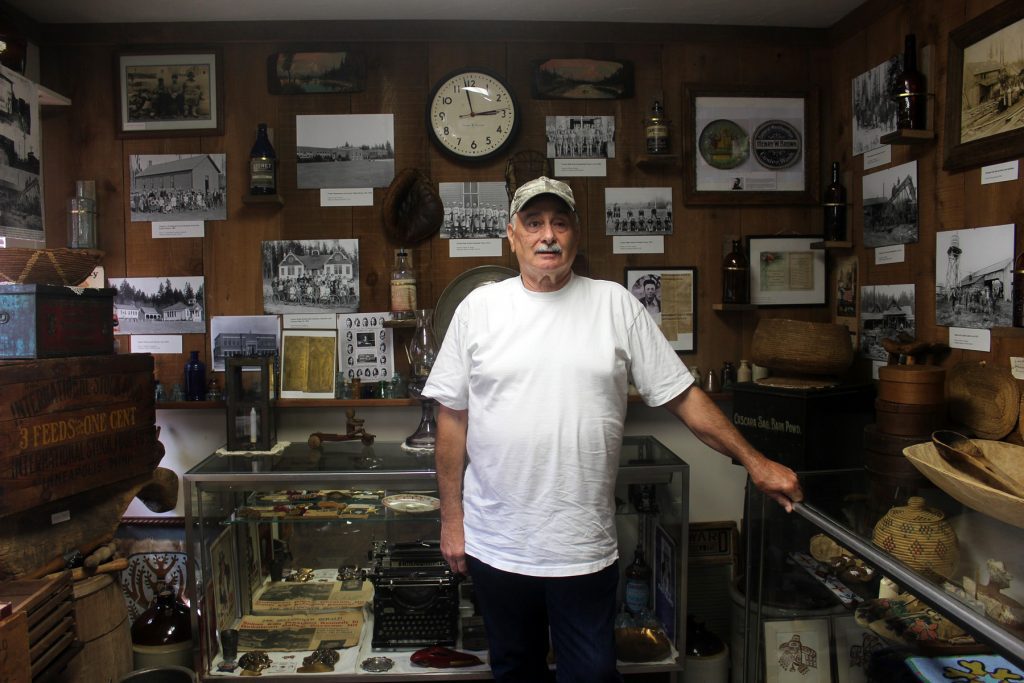
Custer Historical Museum also features historical artifacts such as bottles and newspapers, situating Custer in a larger local and national story.
“I’m doing it because the kids today, the young kids, don’t have a clue what their grandpas did, or their uncles,” Russell says. “They might know 20 years ago, but they don’t know 120 years ago. I’m just trying to preserve a little of that and trying to get it down on paper so if they’re interested, they can look back and see where they came from.”
Visitors can see Custer Historical Museum for free at the corner of Main Street and Custer School Road (7590 Custer School Road). Current hours are 12 p.m. to 5 p.m. on Fridays and Saturdays.






